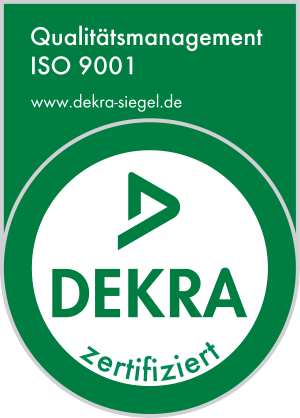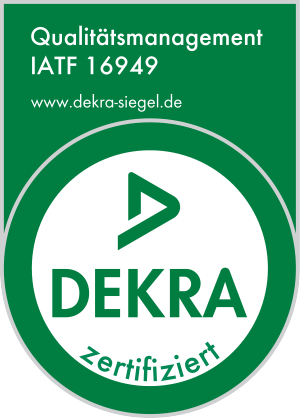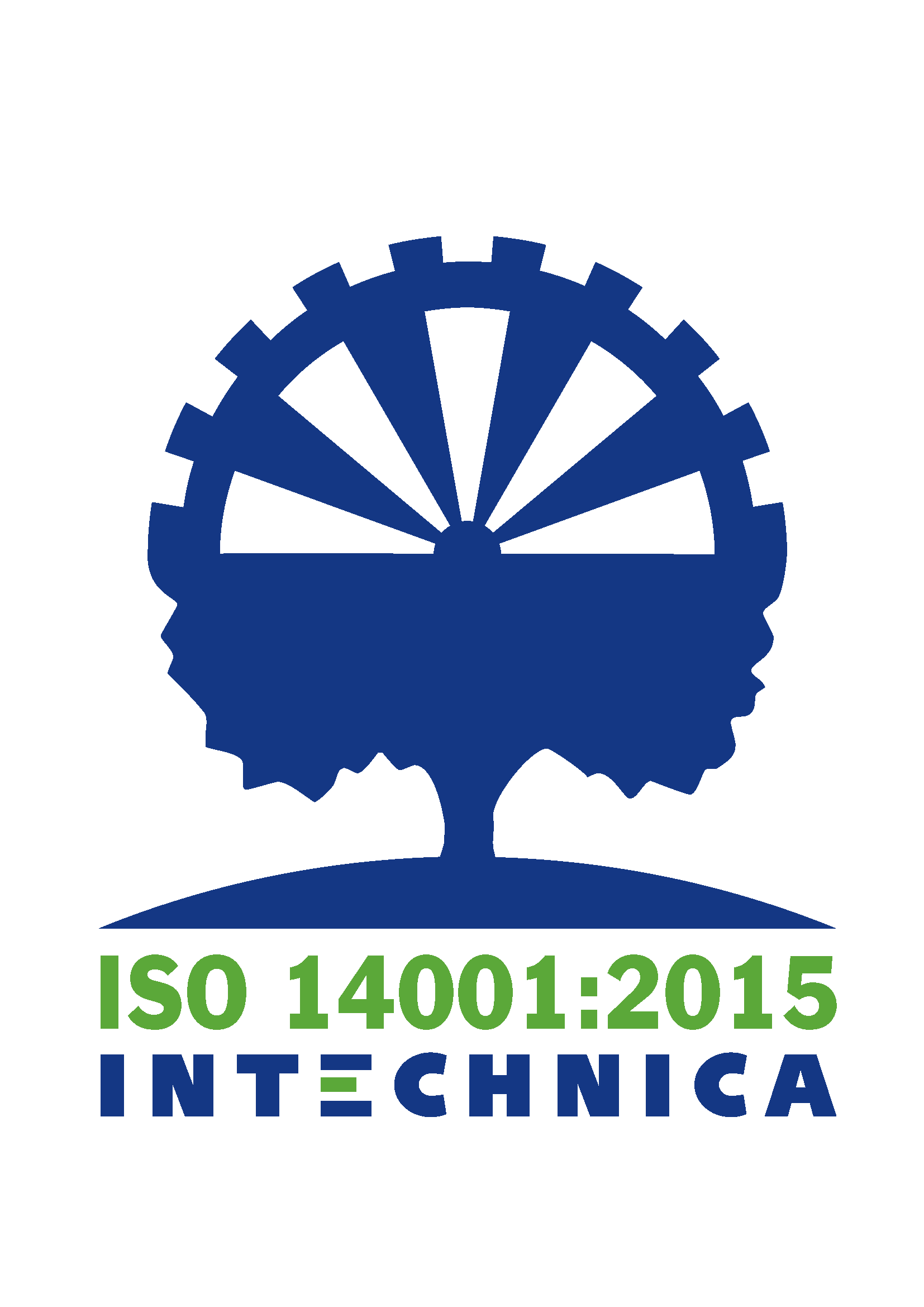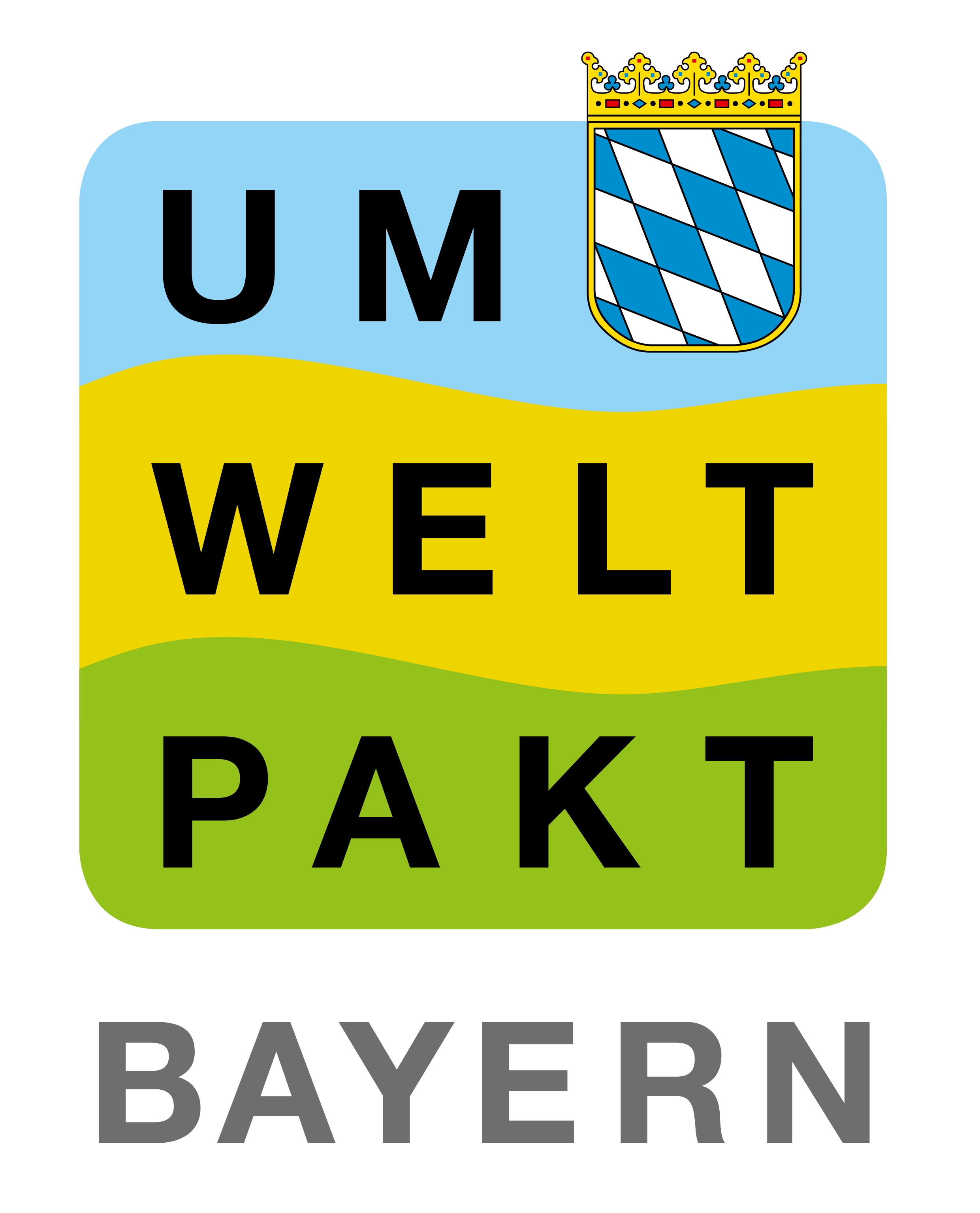In the world of prototyping, CNC (Computerized Numerical Control) is an indispensable process. It enables the precise and efficient production of prototypes and small product series. Although it has existed for decades, CNC technology has evolved tremendously with advanced software and precision tools.
In CNC prototyping, 3D models are transformed into machine-readable instructions using specialized software programs. These instructions are then executed by CNC machines, such as milling machines or lathes, to cut the finished product out of a solid material block. The result is a prototype that closely matches the design and exhibits a high level of accuracy.
This article provides you with a comprehensive insight into the world of CNC prototyping. We’ll explain the advantages and applications of this technology and assist you in choosing the right prototyping process. Whether you’re an engineer, product developer, or simply interested in this innovative technology, this article delivers valuable information. Let’s dive into the world of CNC prototyping!
What is CNC Prototyping?
It refers to the process of using CNC machines to manufacture prototypes or small series of products. By utilizing computer-controlled machine tools, designers and engineers can create highly precise parts that closely match design specifications. This process offers a multitude of advantages over traditional manufacturing methods.
A key feature of CNC prototyping is the ability to create complex shapes and geometries without significant effort. This is attributed to the high precision and repeatability of CNC machines. Moreover, the use of CNC prototyping allows for a variety of materials to be employed, including metals, plastics, and composite materials.
Another advantage is its cost-effectiveness. As CNC machines operate in an automated manner, manual labor costs are reduced. This leads to efficient production and lower overall costs. Additionally, CNC prototyping enables rapid iteration and optimization of designs, resulting in shortened development times.
Advantages of CNC Prototyping
CNC prototyping offers a range of advantages, making it an attractive option for product development. Here are some of the key benefits:
- High Precision: CNC machines provide exceptional accuracy and repeatability, allowing the production of highly precise parts that match design specifications.
- Versatility: CNC prototyping allows processing a wide range of materials, including metals, plastics, and composite materials, opening up various application possibilities.
- Efficiency: CNC machines operate in an automated fashion and can run continuously, leading to efficient production and shortened production times.
- Rapid Iteration: By using CNC prototyping, designers and engineers can quickly create prototypes and make iterative design changes, accelerating product development.
- Cost-effectiveness: CNC prototyping provides a cost-effective solution for producing prototypes and small series. Automated production and reduced manual labor costs result in lower overall expenses.
Common Applications of CNC Prototyping
CNC prototyping finds applications in various industries, enabling the production of prototypes and small series for a variety of products. Here are some of the most common applications:
- Automotive Industry: CNC prototyping is used in the automotive industry to create prototypes of body parts, engine components, and other vehicle parts.
- Aerospace: CNC prototyping plays a crucial role in manufacturing prototypes for aircraft parts, satellite components, and other products in the aerospace industry.
- Electronics: CNC prototyping is used to produce prototypes of circuit boards, casings, and other electronic components.
- Medical Technology: CNC prototyping enables the production of medical devices, implants, and prosthetics with high precision and accuracy.
- Design and Architecture: Designers and architects utilize CNC prototyping to create prototypes of furniture, models, and other design and architecture projects.
How Does CNC Prototyping Work?
The process of CNC prototyping consists of several steps that allow for precise execution of the design. Here is a basic overview of the CNC prototyping process:
- Design Preparation: First, a 3D model of the desired product is created. This model is designed using specialized CAD (Computer-Aided Design) software that enables the construction and modeling of 3D objects.
- Programming: The 3D model is translated into machine-readable instructions. This is done using CAM (Computer-Aided Manufacturing) software, which analyzes the model’s geometry and generates the necessary movements and cuts for the CNC machine.
- Material Selection and Preparation: Based on design requirements, the appropriate material for the prototype is chosen. The material is provided in the form of a solid block or plate and prepared for machining.
- CNC Milling or Turning: The prepared block or plate is clamped into the CNC machine. The CNC machine then executes the program and cuts the product out of the material block. This step may require multiple passes to achieve the desired shape and surface finish.
- Post-Processing: After CNC milling or turning, post-processing might be necessary to further enhance surface quality. This may involve grinding, polishing, or other surface treatments.
- Inspection and Verification: The finished prototype undergoes thorough inspection to ensure it meets design specifications. Depending on requirements, measurements, visual inspections, or other tests may be conducted.
Types of CNC Machines for Prototyping
There are various types of CNC machines that can be used for prototyping. Each type of machine has its own strengths and applications. Here are some of the most common types of CNC machines for prototyping:
- CNC Milling Machines: These machines use rotating cutting tools to cut the desired product out of a material block. CNC milling machines are versatile and can be used for a variety of materials.
- CNC Lathes: These machines are used to create rotational components such as shafts, bolts, and nuts. CNC lathes allow for precise machining of round parts.
- CNC Laser Cutting Machines: These machines use a laser beam to cut through the material. CNC laser cutting machines are ideal for thinner materials like plastics or metal sheets.
- CNC Waterjet Cutting Machines: These machines use a high-pressure water jet to cut the material. CNC waterjet cutting machines can cut a variety of materials, including metals, plastics, and composite materials.
Materials for CNC Prototyping
CNC prototyping allows for processing a wide range of materials. Choosing the right material depends on the design requirements, desired strength and durability, among other factors. Here are some of the most common materials used in CNC prototyping:
- Metals: Metals such as aluminum, steel, copper, and titanium are commonly used. They offer high strength, durability, and thermal conductivity.
- Plastics: Plastics like ABS, nylon, polycarbonate, and PEEK are frequently used in CNC prototyping. They offer good strength, durability, and chemical resistance.
- Composite Materials: Composite materials like carbon fiber, fiberglass, and aramid are used for applications requiring high strength at a reduced weight.
- Wood: Wood is used for prototypes and models where a natural aesthetic is desired. It allows for precise machining of wood for various applications.
Choosing the Right CNC Prototyping Service
When selecting a CNC prototyping service, several factors need to be considered. Here are some key points that can help you choose the right service provider:
- Experience and Expertise: Check the service provider’s experience and expertise. Ensure they have the required knowledge and resources to meet your requirements.
- Machine Park: Review the available CNC machines of the service provider. Make sure they have the appropriate machines for your specific needs.
- Quality Control: Inquire about the service provider’s quality control procedures. Ensure they adhere to strict quality standards and conduct inspections to ensure prototype accuracy and quality.
- Communication and Customer Service: Ensure the service provider enables clear and effective communication. Good customer service is essential to understand your requirements and address your questions or concerns.









Leave A Comment